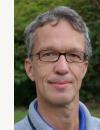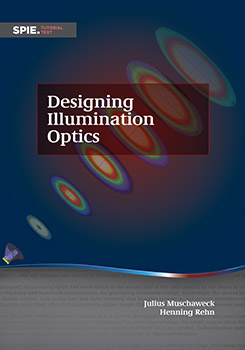
I am a German physicist, and have been working on optical design for illumination for over twenty years. After a stay as Visiting Scholar at the University of Chicago with Prof. Roland Winston (well known as the originator of Nonimaging Optics), I was co-founder and CEO of OEC, an optical engineering service which pioneered freeform optics. Later, at OSRAM, where I held the position of Senior Principal Key Expert (the highest rank in the OSRAM/Siemens expert career), I coordinated the over 100 optical designers within OSRAM world-wide. I then joined ARRI, the leading movie camera and lamp head maker, as Principal Optical Scientist. Now, I am working as an independent consultant, providing illumination optics solutions to industry clients, teaching courses on illumination optics, and writing about the subject. I am is the author of over 25 scientific papers and the inventor of over 50 patent applications.
It is not only the surprising depth, and mathematical beauty, of illumination optics that continues to fascinate me after over 20 years in the field. What really strikes me as unique is that is beautiful, deep theory allows us to derive strong statements about what is possible, and what is impossible in our daily work as optical designers.
It is not only the surprising depth, and mathematical beauty, of illumination optics that continues to fascinate me after over 20 years in the field. What really strikes me as unique is that is beautiful, deep theory allows us to derive strong statements about what is possible, and what is impossible in our daily work as optical designers.
View contact details



